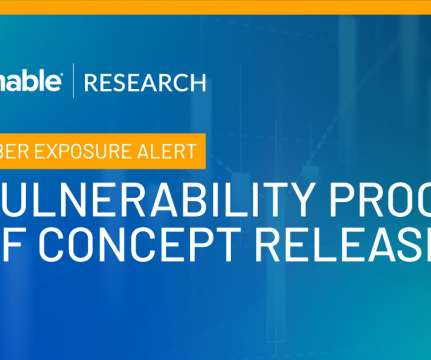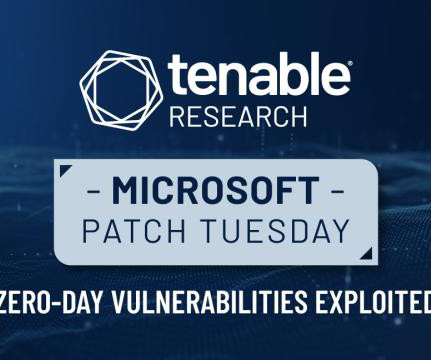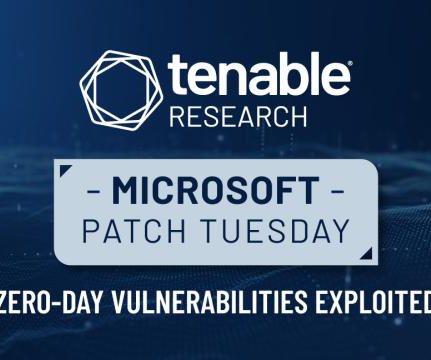CVE-2020-1472: 'Zerologon' Vulnerability in Netlogon Could Allow Attackers to Hijack Windows Domain Controller
Tenable
SEPTEMBER 14, 2020
Security researchers reveal how the cryptographic authentication scheme in Netlogon can be exploited to take control of a Windows domain controller (DC). This disclosure follows a previous Netlogon related vulnerability, CVE-2019-1424 , which Secura detailed at the end of last year. Background. the maximum score. the maximum score.















Let's personalize your content